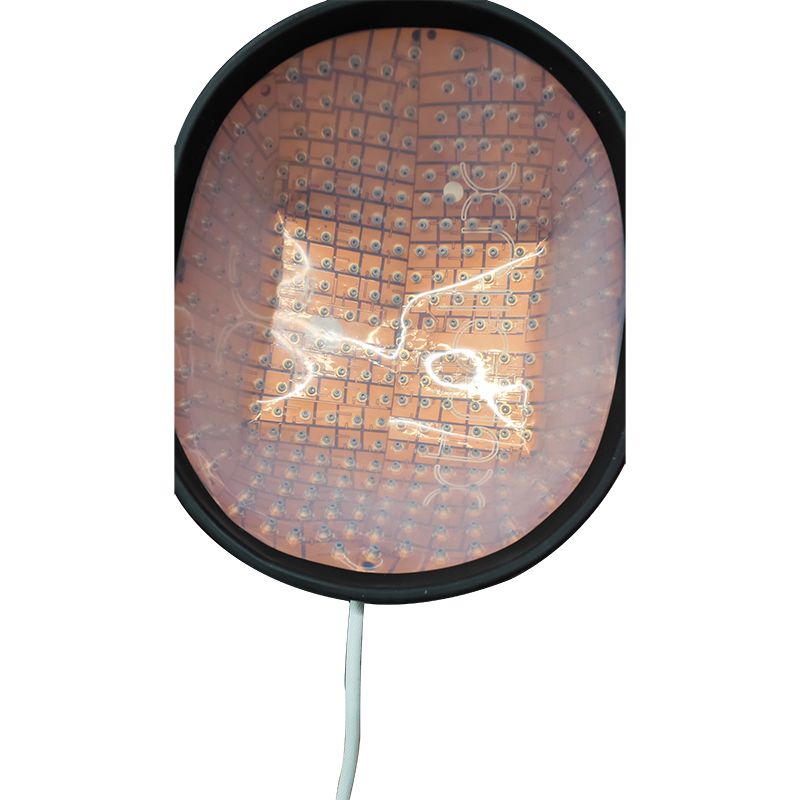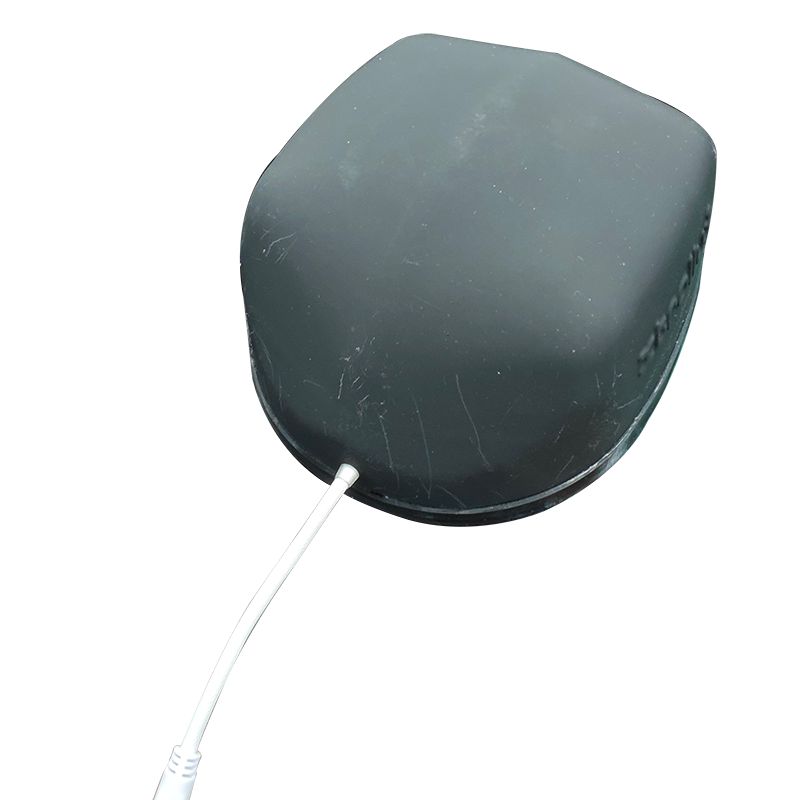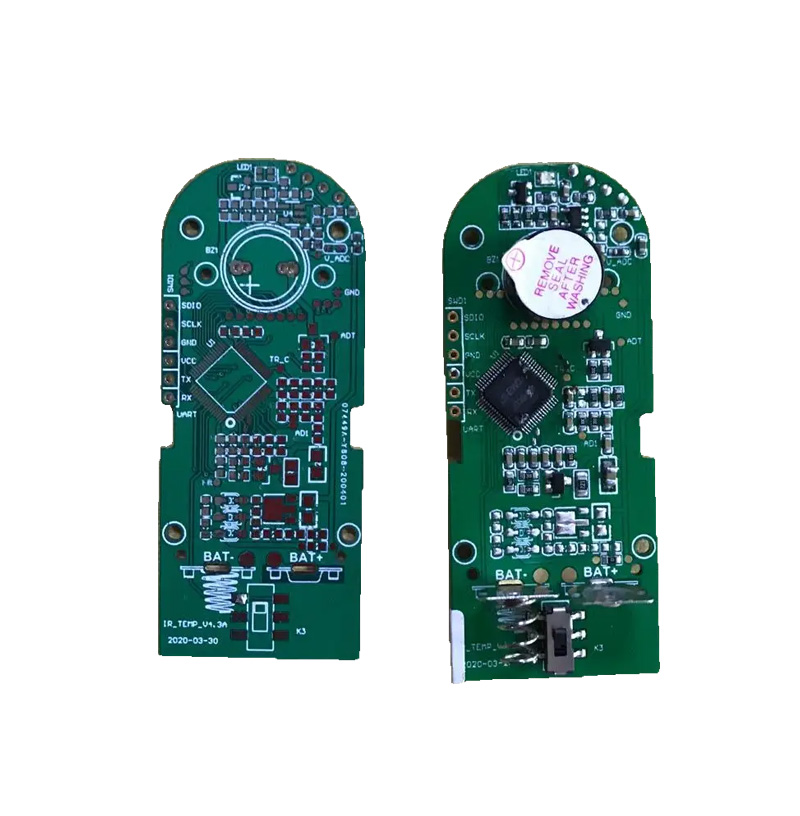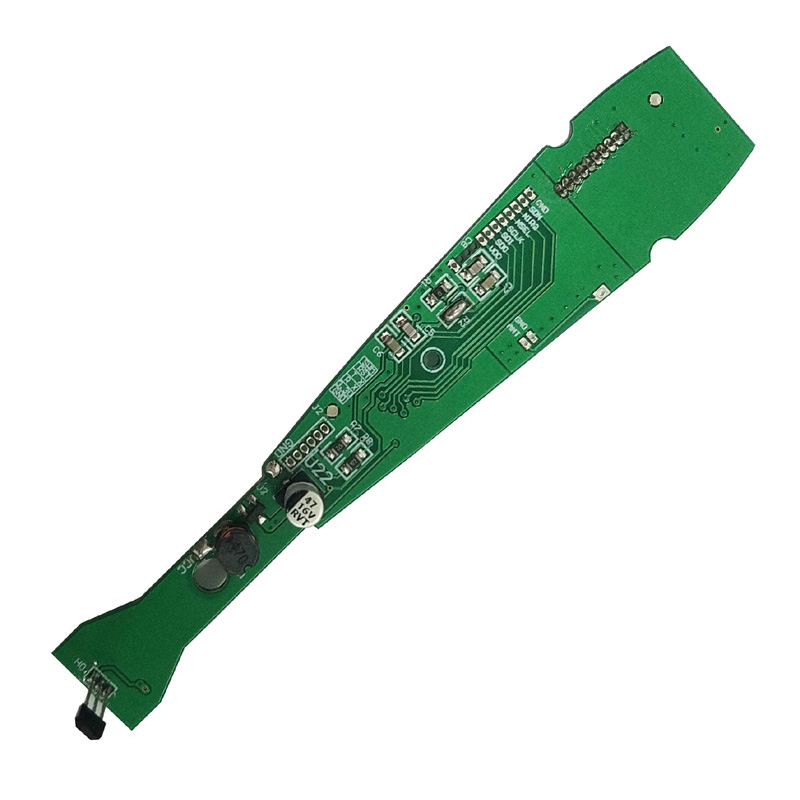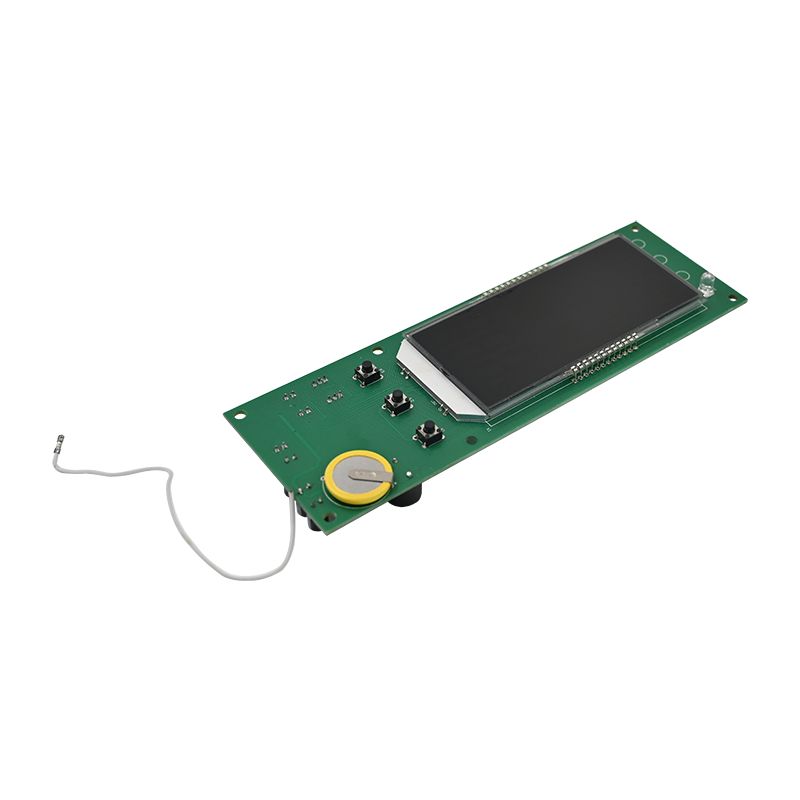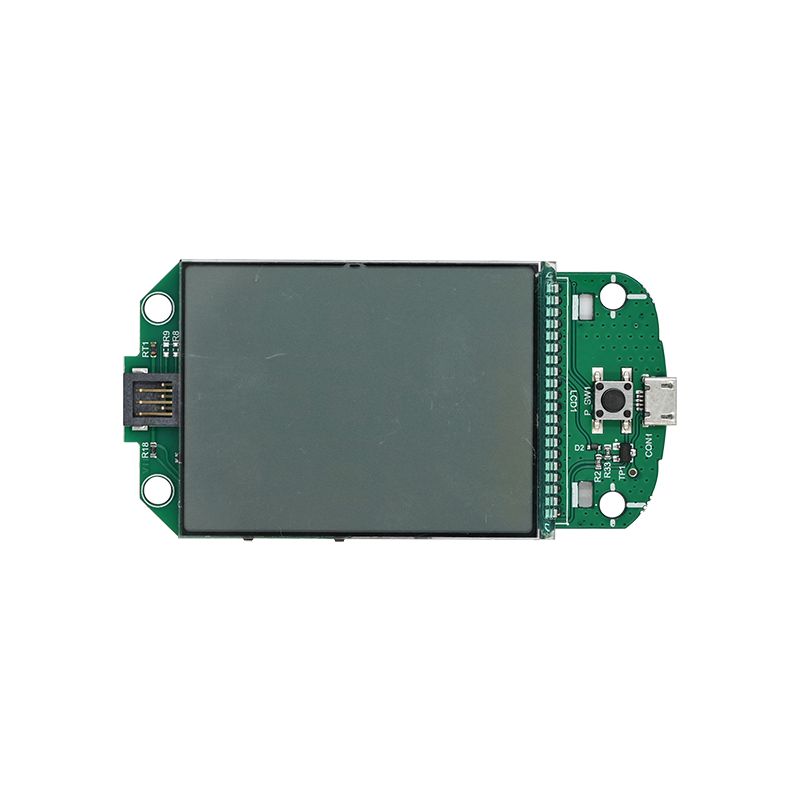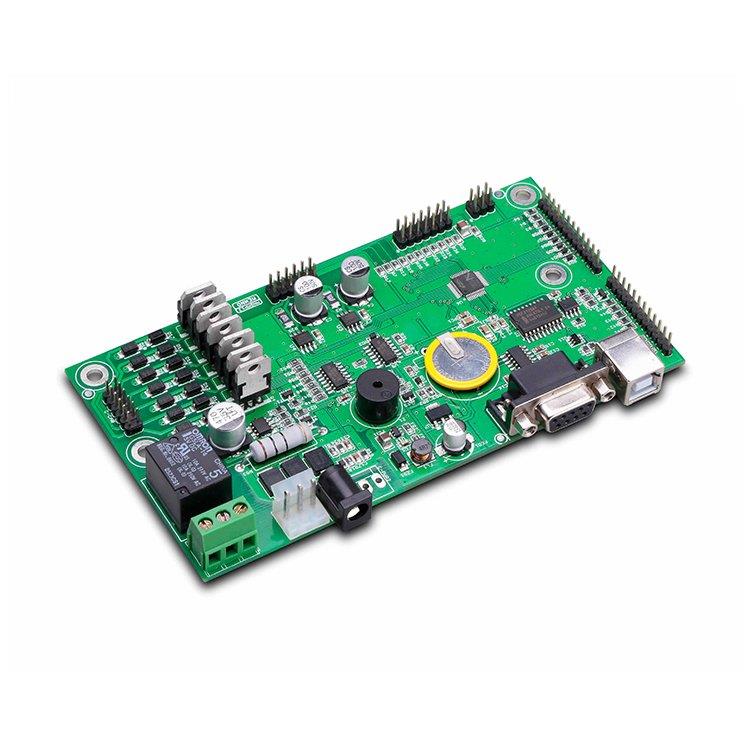- English
- Español
- Português
- русский
- Français
- 日本語
- Deutsch
- tiếng Việt
- Italiano
- Nederlands
- ภาษาไทย
- Polski
- 한국어
- Svenska
- magyar
- Malay
- বাংলা ভাষার
- Dansk
- Suomi
- हिन्दी
- Pilipino
- Türkçe
- Gaeilge
- العربية
- Indonesia
- Norsk
- تمل
- český
- ελληνικά
- український
- Javanese
- فارسی
- தமிழ்
- తెలుగు
- नेपाली
- Burmese
- български
- ລາວ
- Latine
- Қазақша
- Euskal
- Azərbaycan
- Slovenský jazyk
- Македонски
- Lietuvos
- Eesti Keel
- Română
- Slovenski
- मराठी
- Srpski језик
Hair Grow Helmet PCBA
Send Inquiry
Since its establishment in 2011, Unixplore Electronics has been committed to the design and manufacture of high-quality Hair Grow Helmet PCBAs in the form of OEM and ODM production type.
Building a hair growth helmet PCBA requires knowledge of electronics engineering and specific components. Here are some general steps that can help you get started:
Gather the required components and tools: You will need components such as microcontrollers, power management circuits, sensors, and LEDs. You will also require a PCB design software, soldering tools, and a 3D printer.
Design the helmet prototype: Using a 3D printer, design the helmet, keeping in mind the placement of components such as LEDs, sensors, and microcontrollers.
Design the circuit schematic: Use a PCB design software to create a circuit schematic diagram. This will encompass the various components involved in producing the laser therapy that promotes hair growth.
Layout the PCB: After creating the schematic diagram, use the same PCB design software to layout the components on the PCB board.
Fabricate the PCB: Send your PCB design file to a PCB manufacturer or fabricator.
Solder the components: After receiving the bare PCB, solder the components onto it.
Test the PCBA: Once the PCB assembly is complete, test it to ensure it is working correctly.
Install the PCBA into the helmet: Mount the PCB assembly into plastic helmet, and ensure the circuit board connections are secure.
Test the helmet: Connect the helmet to a power source and test the functionality of the device.
* Blank PCB made, components purchased by us
* PCB fabrication with parts fully assembled
* 100% Function Tested OK before shipping
* RoHS compliant, Lead-free manufacturing process
* Quick delivery, with independent ESD package
* One stop electronic manufacturing service for PCB design, PCB layout, PCB manufacture, components procurement, PCB SMT and DIP assembly, IC programming, function test, packaging and delivery
| Parameter | Capability |
| Layers | 1-40 layers |
| Assembly Type | Through-Hole (THT), Surface Mount (SMT), Mixed (THT+SMT) |
| Minimum Component Size | 0201(01005 Metric) |
| Maximum Component Size | 2.0 in x 2.0 in x 0.4 in (50 mm x 50 mm x 10 mm) |
| Component Package Types | BGA, FBGA, QFN, QFP, VQFN, SOIC, SOP, SSOP, TSSOP, PLCC, DIP, SIP, etc. |
| Minimum Pad Pitch | 0.5 mm (20 mil) for QFP, QFN, 0.8 mm (32 mil) for BGA |
| Minimum Trace Width | 0.10 mm (4 mil) |
| Minimum Trace Clearance | 0.10 mm (4 mil) |
| Minimum Drill Size | 0.15 mm (6 mil) |
| Maximum Board Size | 18 in x 24 in (457 mm x 610 mm) |
| Board Thickness | 0.0078 in (0.2 mm) to 0.236 in (6 mm) |
| Board Material | CEM-3,FR-2,FR-4, High-Tg, HDI, Aluminum, High Frequency, FPC, Rigid-Flex, Rogers, etc. |
| Surface Finish | OSP, HASL, Flash Gold, ENIG, Gold Finger, etc. |
| Solder Paste Type | Leaded or Lead-Free |
| Copper Thickness | 0.5OZ – 5 OZ |
| Assembly Process | Reflow Soldering, Wave Soldering, Manual Soldering |
| Inspection Methods | Automated Optical Inspection (AOI), X-ray, Visual Inspection |
| Testing Methods In-House | Functional Test, Probe Test, Aging Test, High and Low Temperature Test |
| Turnaround Time | Sampling: 24 hours to 7 days, Mass Run: 10 - 30 days |
| PCB Assembly Standards | ISO9001:2015; ROHS, UL 94V0, IPC-610E class ll |
● Hair Grow Helmet PCBA Function test fixture customized according to client’s test requirements
● Box building service including plastic & metal case mold and part production
● Conformal coating including selective lacquer coating, epoxy resin potting
● Wire harness and cable assembly
● Finished product assembly including box, screen, membrane switch, labelling and customized carton or retail box packing.
● Various third-party tests for PCBA are available upon request
● Product Certification Assistance
-
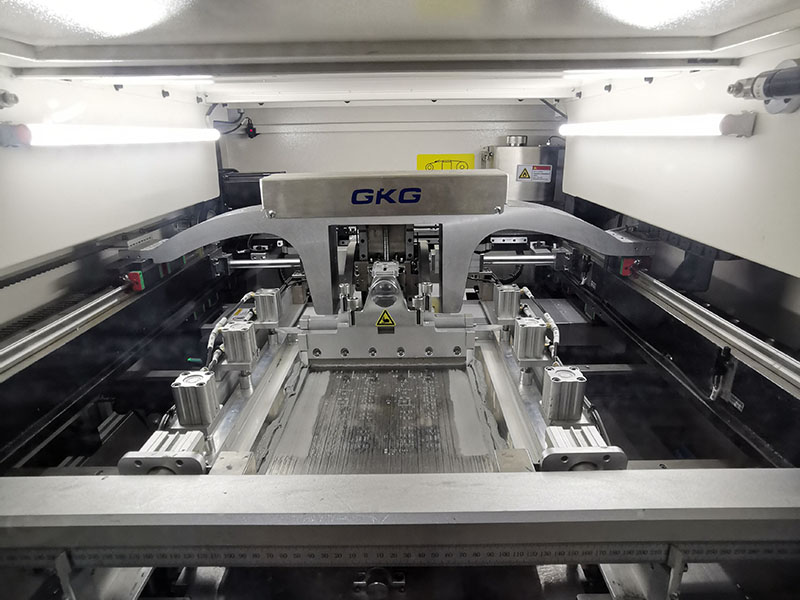
1. Automatic solderpaste printing
-

2. solderpaste printing done
-

3. SMT pick and place
-
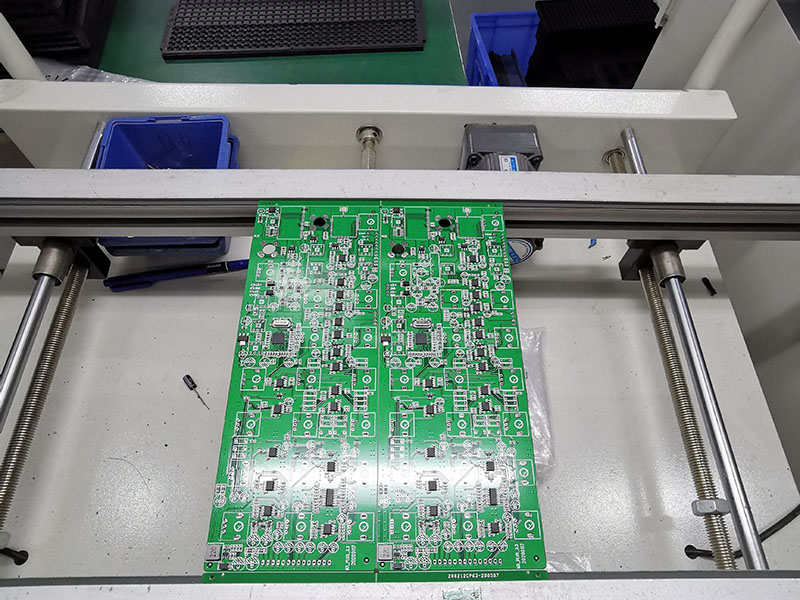
4. SMT pick and place done
-
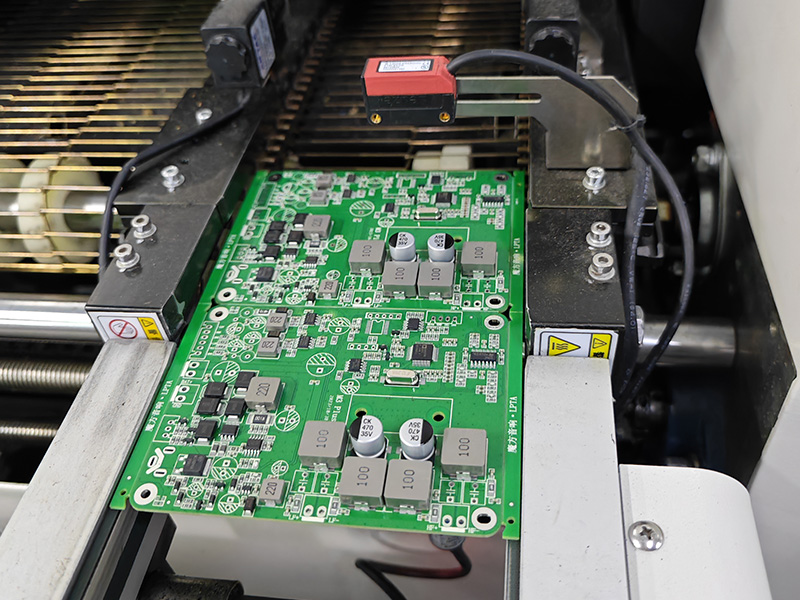
5. ready for reflow soldering
-

6. reflow soldering done
-
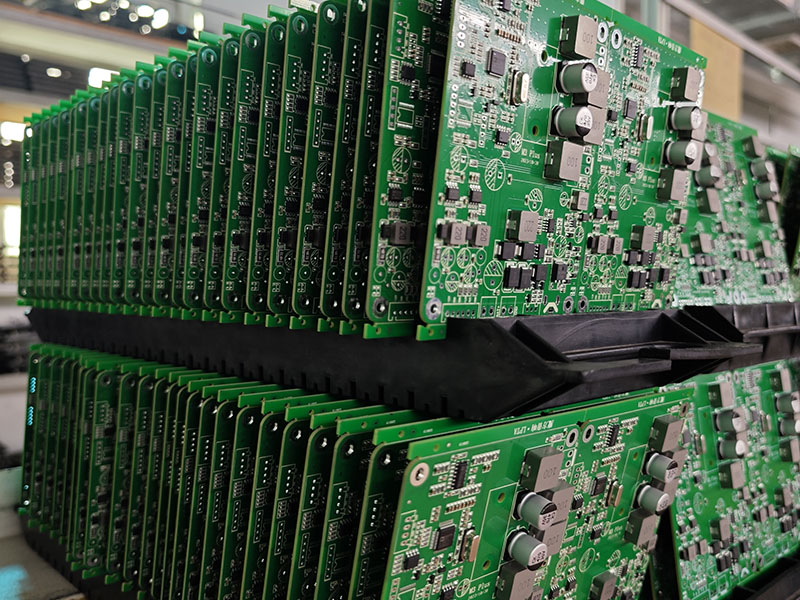
7. ready for AOI
-
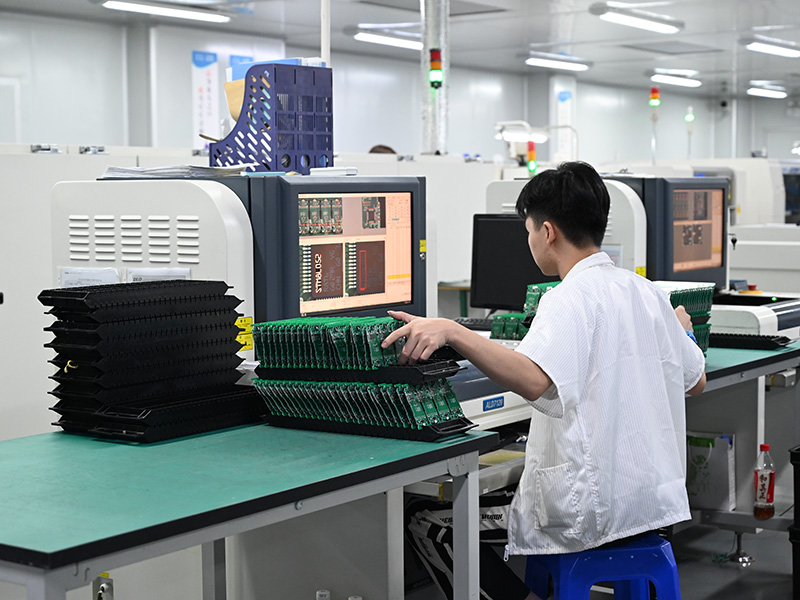
8. AOI inspection process
-

9. THT component placement
-
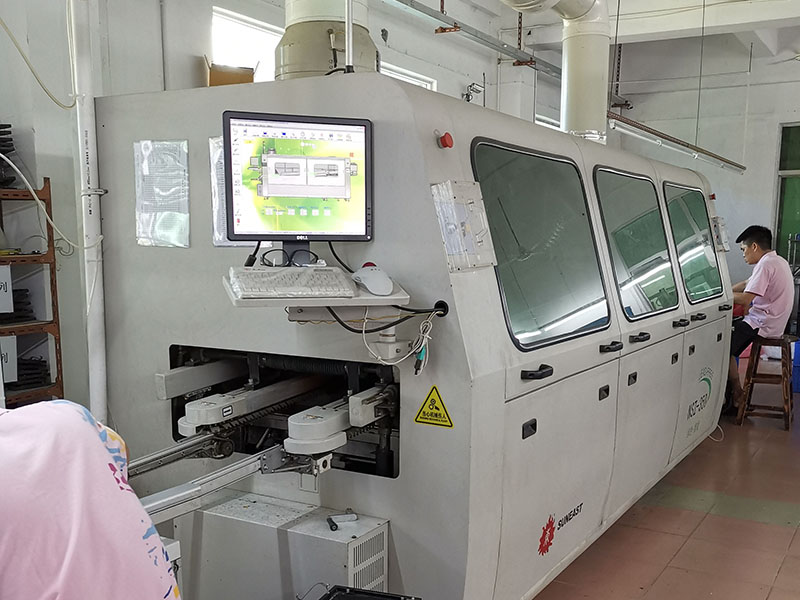
10. wave soldering process
-

11. THT assembly done
-
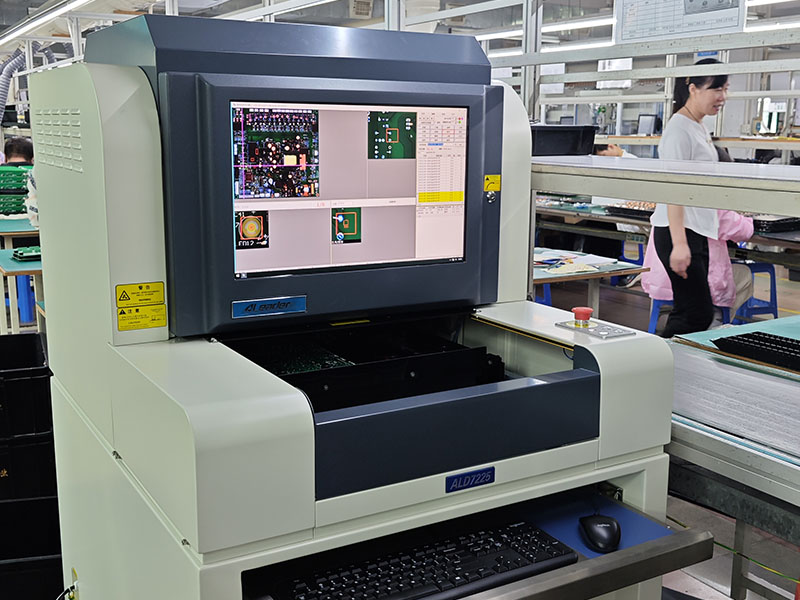
12. AOI Inspection for THT assembly
-
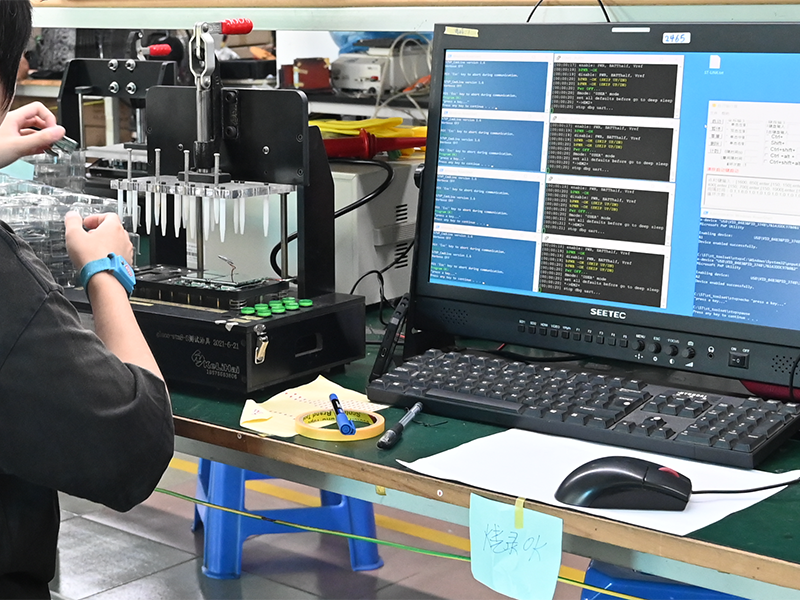
13. IC programming
-

14. function test
-
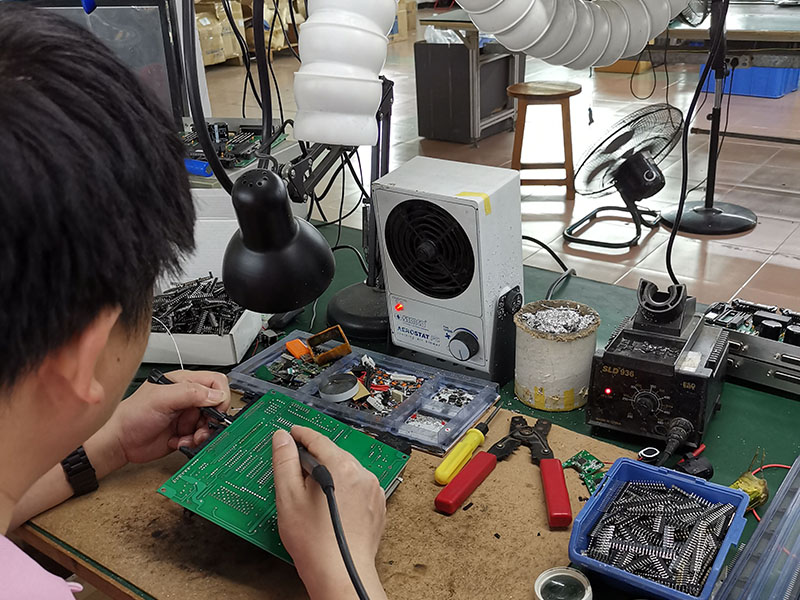
15. QC Check and Repair
-
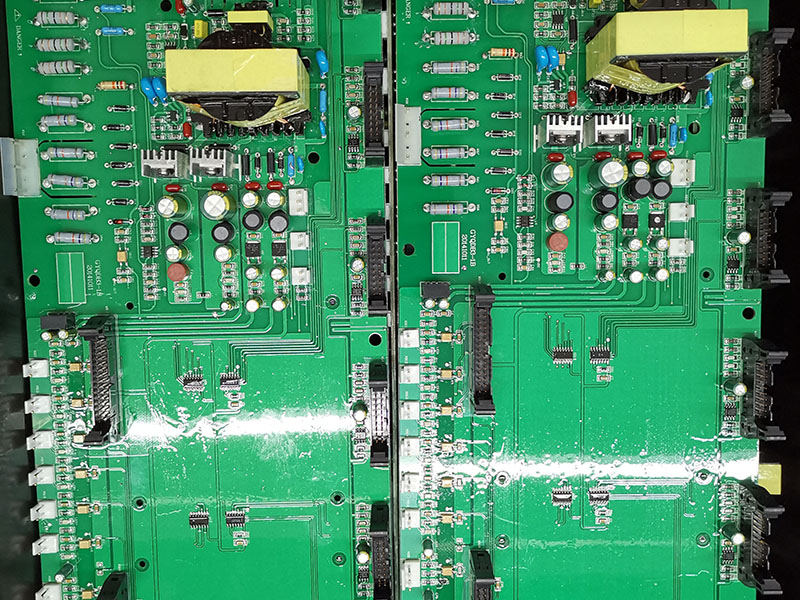
16. PCBA conformal coating Process
-
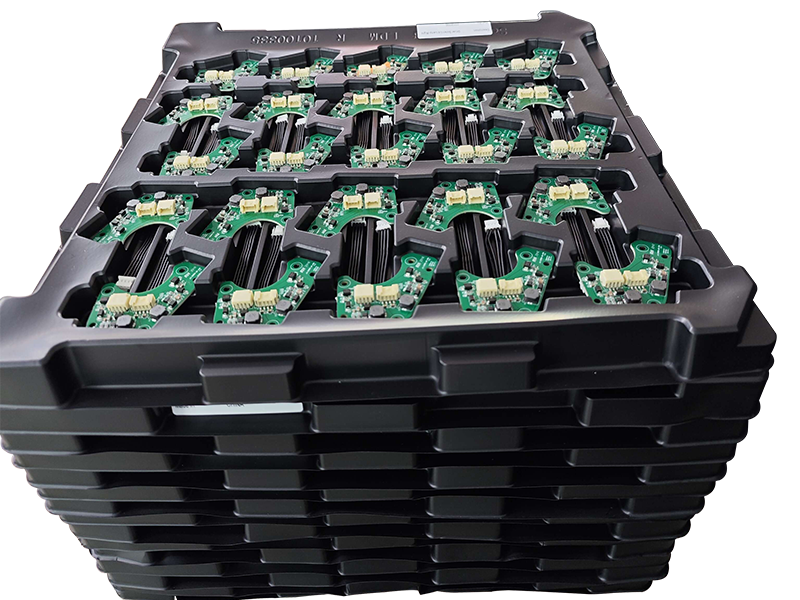
17. ESD packing
-
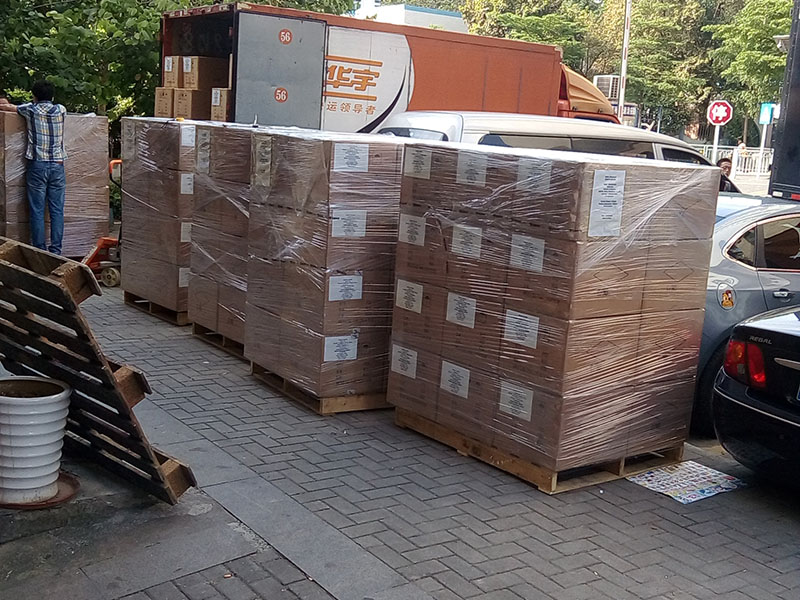
18. Ready for Shipping
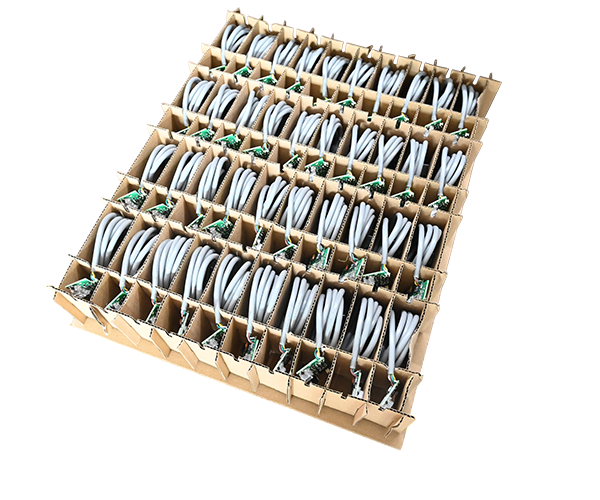
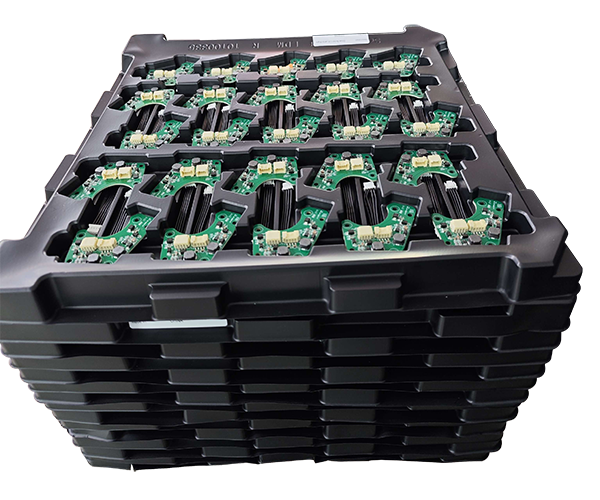

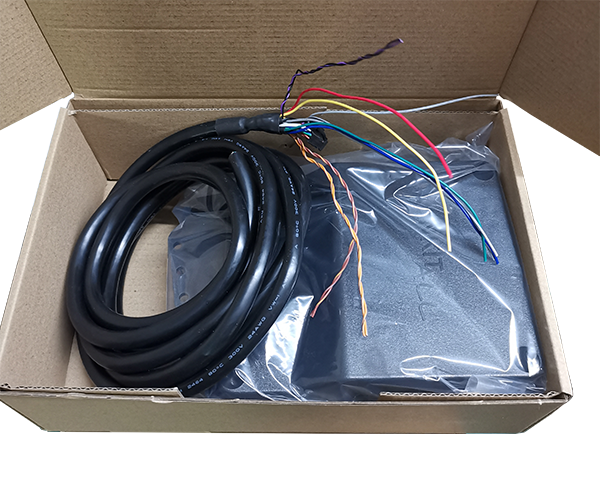
Home Appliance PCBA
Industrial Control PCBA
Automobile PCBA
Consumer Electronics PCBA
Medical Equipment PCBA
Security System PCBA
Healthcare PCBA
LED Lighting PCBA
IoT PCBA
Electric Gardening Tool PCBA
-
Delivery Service






-
Payment Options






